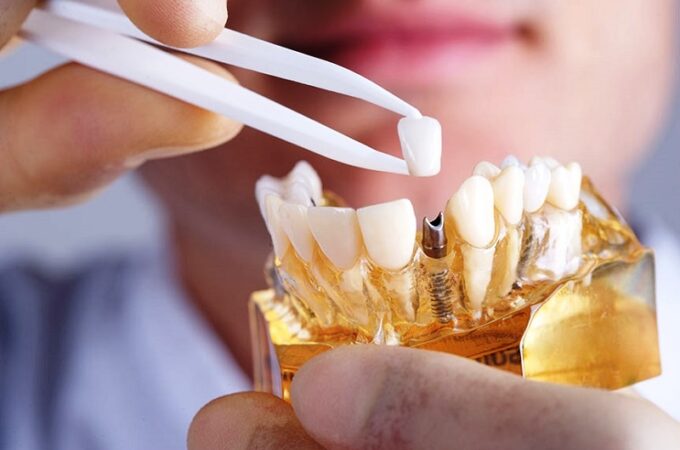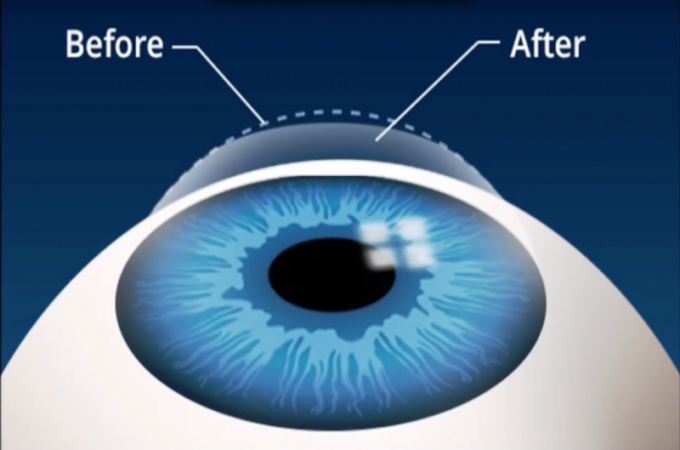
The Professional Dog Groomer’s Guide To Grooming Scissors
Apart from learning the skills required to be a dog groomer when you undertake dog grooming training, one other important part of that education will concern the tools and accessories that you will need to fulfil the role.
These include everything from dog shampoos to nail clippers, and from combs to grooming scissors.
It is that last one, grooming scissors, that many people most associate with dog groomers, and so we thought it would be useful to outline the different types of dog grooming scissors which exist, some of their features, and what each of them is specifically used for when grooming a dog’s coat.
Straight
These are the scissors that dog groomers use most often, and it is these that you will be using for the majority of coat trimming.
They come in a variety of lengths from 4 inches to 10 inches and the 8-inch straight scissors are especially useful when grooming curly coats, so this will include breeds such as poodles and bichons.
The smaller sizes such as 4-inch and 6-inch are used for trimming which needs to be precise and carefully done in areas around the eyes, ears, and paws.
You will also find the longer straight scissors can have either wide or narrow blades which are sued for thick and thin coats, respectively.
Curved
This is another dog grooming scissor that is available in a variety of lengths, ranging from 4 inches to 10 inches.
Although curves and shapes can be created with straight scissors, and is somewhat a skill, using curved scissors makes the whole process much easier to achieve.
The areas of the dog’s coat that curved scissors are most useful for include their ribcage, head, legs, and feet.
Care is required when using curved scissors, especially if you have been used to creating curves using straight scissors previously.
You may tend to ‘over curve’ which can lead to cutting too much fur away.
Chunkers
This unusual name refers to grooming scissors which are usually between 5 inches and 6.5 inches in length.
They are distinguishable because they will have between 10 and 15 teeth on each blade, with gaps between each tooth.
The main purpose of these grooming scissors is to remove blemishes within the fur and to volumise the fur to give it a thicker or chunkier appearance.
Again, great care is required when using chunkers as if they are used too vigorously, they can remove too much fur.
For this reason, chunkers are dog grooming scissors that require training and experience for them to be used correctly.
Blenders
Blenders also have serrated teeth, but they differ from chunkers because their serrated teeth are only on one blade.
The other blade is straight. They are predominated used for modelling and styling a dog’s coat.
They allow for more fur to be cut and removed as well as blending fur around the dog’s ears and face.
Blenders can come with varying amounts of serrated teeth and the more they have the more fur that can be removed.
Dog grooming training is necessary for the proper use of blenders as the risk exists of too much fur being removed leading to patches appearing in the dog’s coat.
Thinners
These may also be called double thinners, and they have teeth on both blades. As their name suggests they are used for thinning coats but are particularly useful when the dog has a thick coat.
Dogs with especially furry ears also benefit as thinners can easily remove excess fur in this area too.
Although they have a similar purpose to blenders (thinning fur) they do not remove as much fur, so although care must still be taken when using them, the risk of patches in a dog’s coat is not as high.





